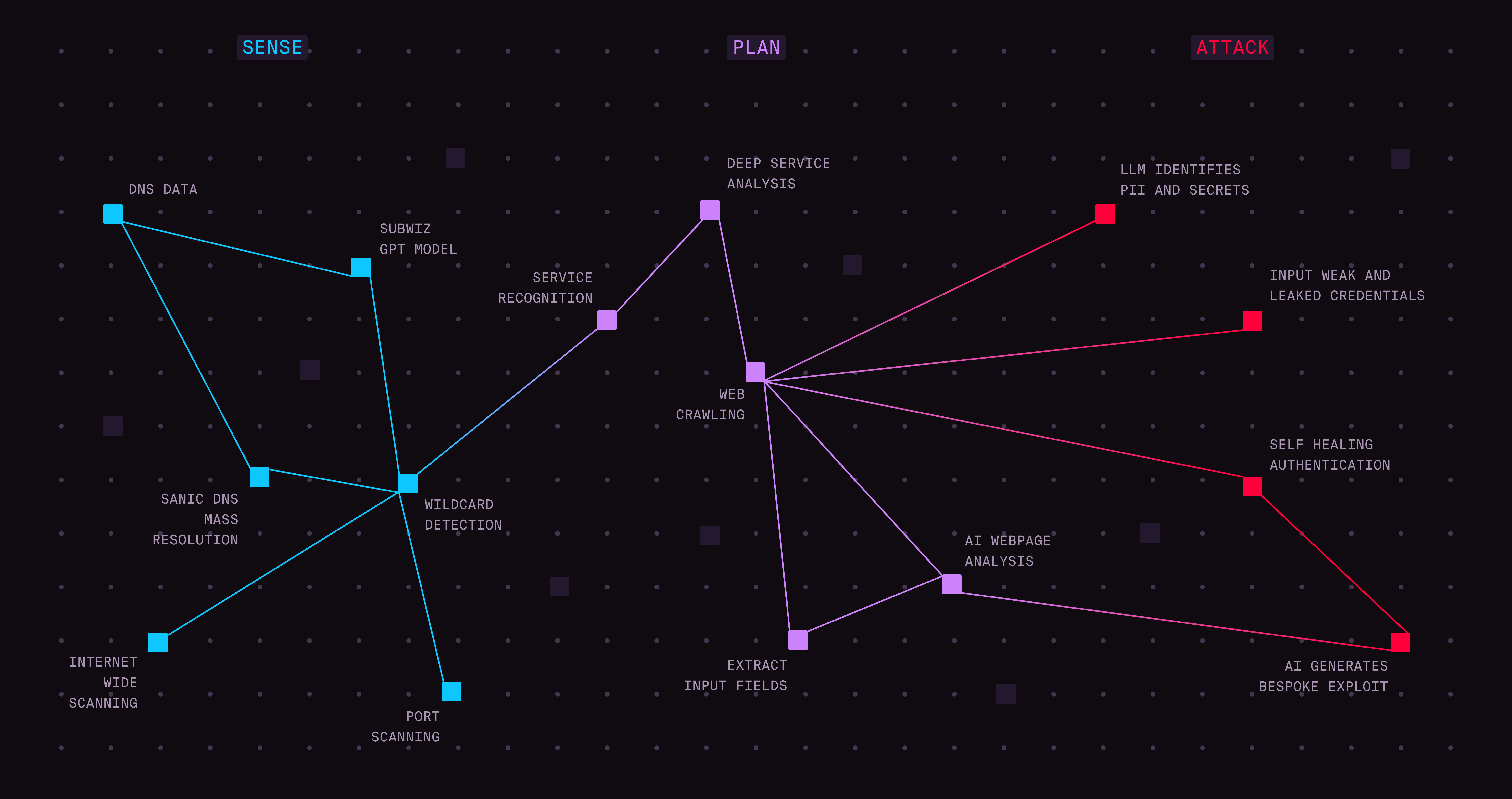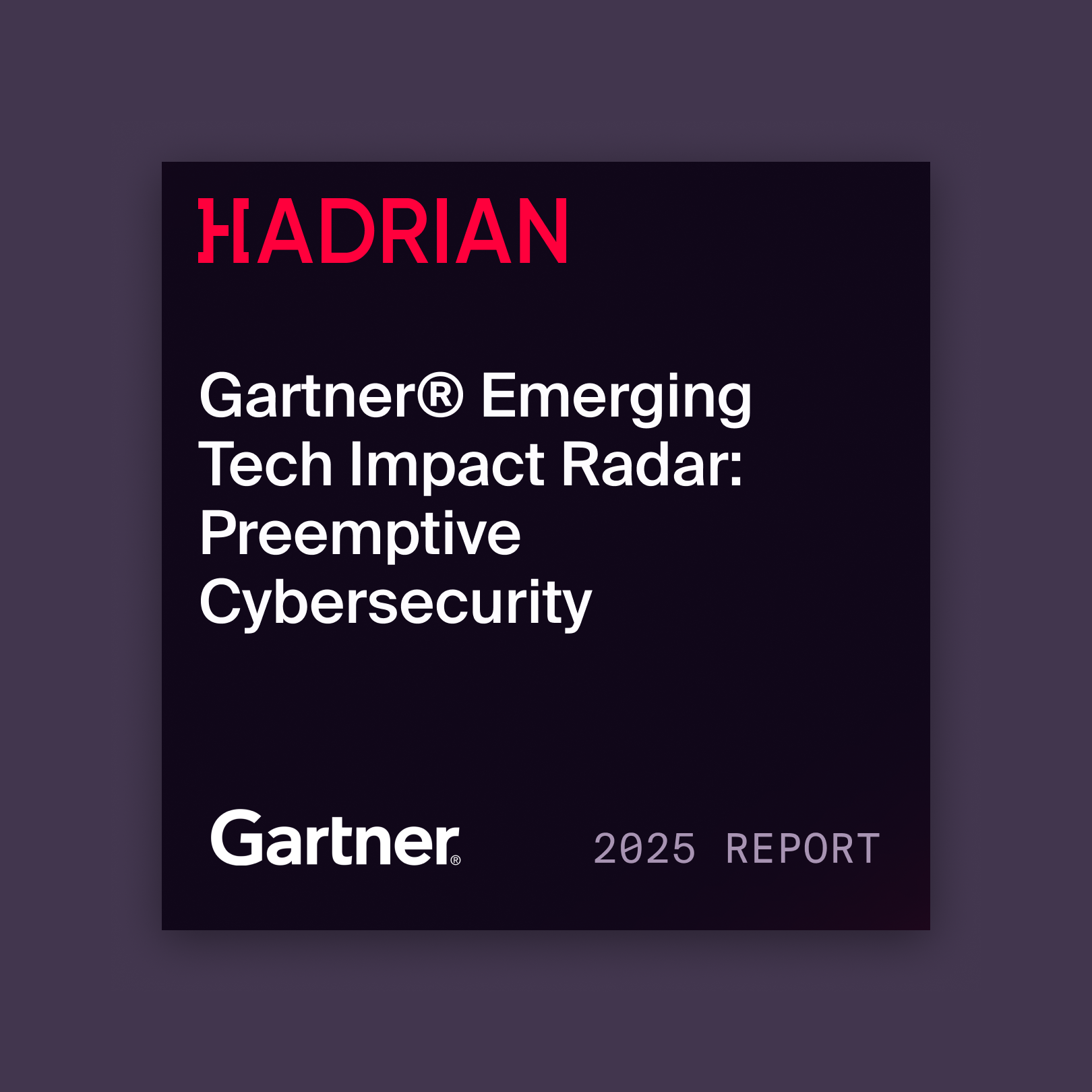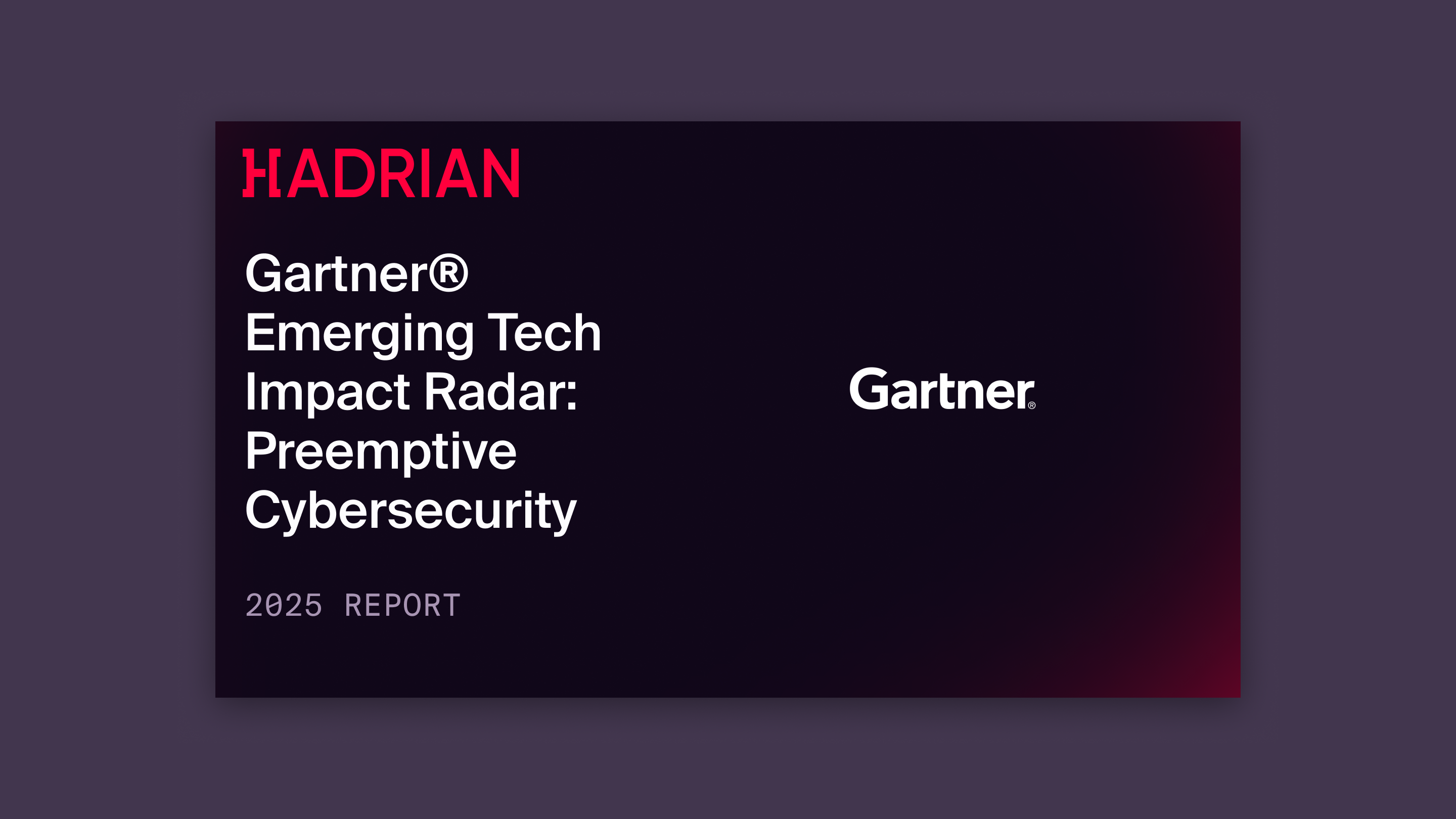
Hadrian’s offensive security platform uses modular, decision-making hacker agents to provide security teams with up to 10 times greater visibility into critical risks across their external attack surface. This redefines how exposures are discovered, validated, and prioritized, setting a new standard for real-world security testing.
For years, automated security tooling has relied on rigid, rule-based engines to detect known issues. These scanners and scripts are effective for well-defined use cases, but they struggle in complex environments—particularly where applications have custom behavior, inconsistent authentication, or nuanced attack paths. Their limitations leave defenders guessing which exposures are truly exploitable.
Hadrian’s new platform replaces these brittle systems with agentic AI: modular, autonomous agents that make decisions in real time, just like a human adversary would. These agents are not hard-coded with static rules. Instead, they decide for themselves how and when to act.
Each agent operates in three phases:
- Sense
Just like real adversaries, Hadrian’s hacker agents conduct reconnaissance and intelligence gathering to uncover exposed assets and open entry points. This significantly increases visibility of unknown exposures across the external attack surface.
- Plan
Once the environment is mapped, agents formulate a strategy and plan of action. This could involve mapping out potential attack paths, choosing specific vulnerabilities to exploit, and defining the steps needed to gain access and achieve the desired objective.
- Attack
Agents do not stop at detection. They collaborate to safely execute real exploits and determine if an exposure is exploitable. Every finding includes proof, so that the true threats are prioritized and remediated.
Hadrian’s agents don’t require pre-defined logic for every situation. Each agent applies real reasoning to interpret its environment, decide how to proceed, and adapt its behavior as conditions change. This intelligent autonomy allows them to navigate complex systems, chain exposures, and execute multi-step attacks without human input, uncovering weaknesses that static tools consistently overlook.
“Agentic testing opens up new avenues for exposure detection and exploit validation,” said Klaas Meinke, Head of AI at Hadrian. “We’ve built autonomous systems that operate like real adversaries. What’s more, the individual agents are guided by Hadrian’s ethical hackers, who prompt and shape their behavior. This human-in-the-loop model means the agents are constantly learning, becoming more capable with every engagement.”
What makes agentic offensive security different:
- Identify new entry points based on how assets relate to each other in real time
- Adjust their tactics mid-operation, depending on what they find
- Recover from obstacles like broken sessions or unusual authentication flows
- Explore previously unknown attack paths without needing explicit instructions
- Validate exposures dynamically, even if the conditions change
{{cta-automated-pentest}}
A real-world example highlights the platform’s unique capabilities. While exploring a client’s attack surface, Hadrian’s agents discovered an exposed endpoint containing a file directory with multiple files. Unlike rule-based systems that would stop at file type or name, it opened a PDF document that appeared to contain an individual’s anime. Extracting the document, the agent recognized it as a passport photo and identified personally identifiable information within. This autonomous, contextual understanding and flagging of exposures would be near impossible with traditional hard-coded rules, which cannot anticipate every variation or scenario.
“Agentic AI is the beginning of a new chapter in offensive security,” said Rogier Fischer, CEO of Hadrian. “We’re not just accelerating what already exists, we’re redefining what’s possible. The fact that our agents can deliver 10 times the visibility of critical vulnerabilities speaks for itself. They think and act like real adversaries, which gives security teams a decisive advantage in reducing risk.”
He added, “With Hadrian, teams can expect unprecedented visibility and actionable intelligence. Our agents don’t just scan—they think and act like adversaries. That level of intelligence means teams aren’t just finding more risks, they’re focusing on the ones that matter most.”
Security teams using Hadrian’s agentic offensive security platform gain continuous, autonomous adversarial exposure validation across their entire external attack surface. This advancement means fewer blind spots, faster identification of critical exposures, and the ability to prioritize remediation efforts based on real-world exploitability—not just theoretical risks.







